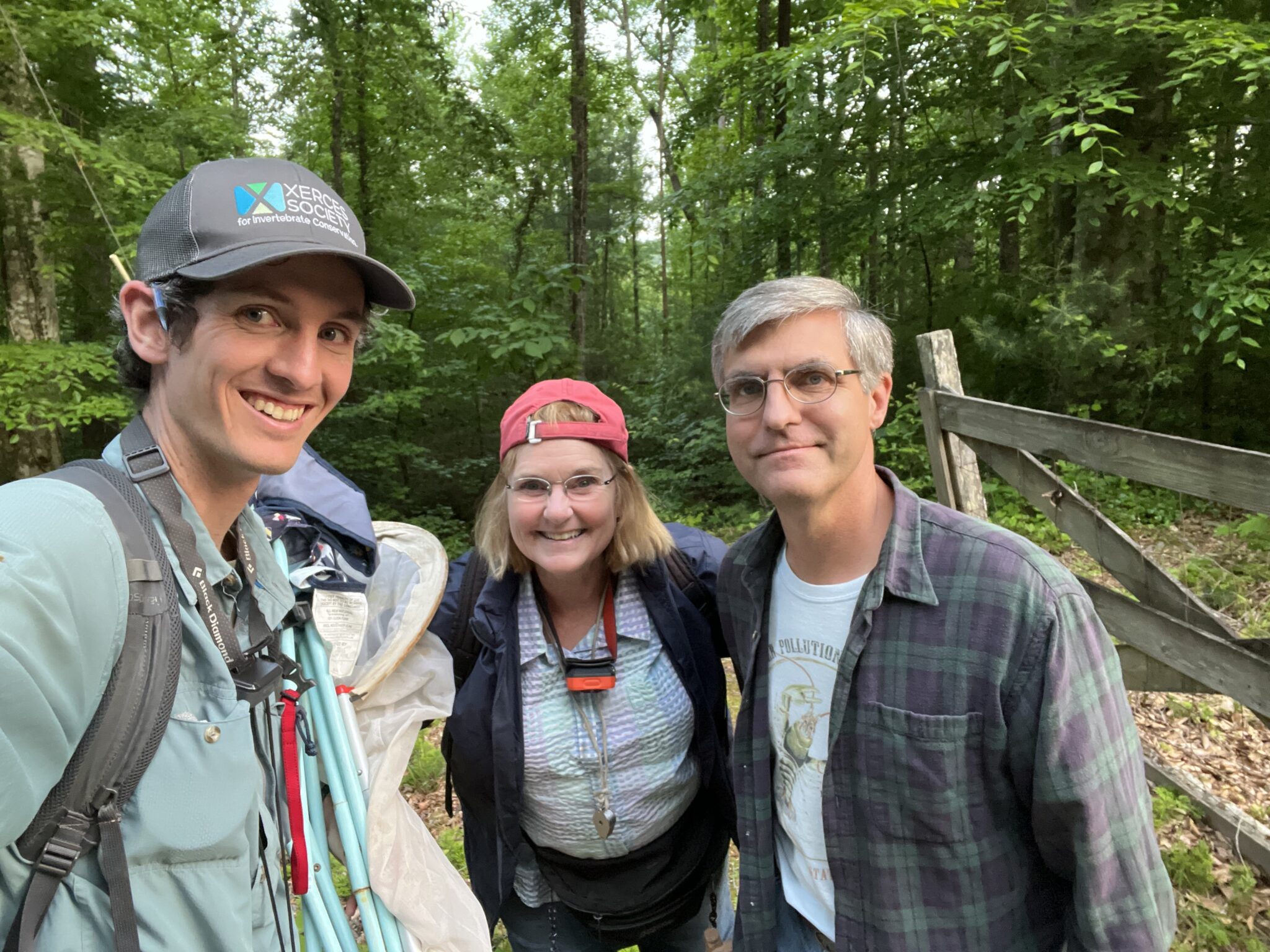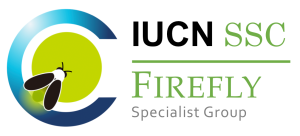While flashing adult fireflies can still be found in a few corners of the country, lightning bug season is mostly over for the year. This season was a dizzying one, with threatened fireflies across a wide geography receiving much needed attention. Several field excursions targeted species with Data Deficient Red List statuses, but this post will focus on our search for fireflies with threatened IUCN Red List statuses.
Outreach and new findings in Florida
In southeast Florida, surveys uncovered previously undetected populations of the Florida intertidal firefly persisting in state and county parks surrounded by development. The Xerces Society petitioned this species for listing under the Endangered Species Act earlier this year, so it was encouraging to find populations surviving in green spaces of Southeast Florida. During my time in Florida, I was grateful to connect with rangers and local naturalists who can continue to steward and champion these insects. I was also able to be a voice for Florida’s fireflies at an International Dark Sky week celebration at a library in Miami-Dade County, highlighting that stars are not the only twinkly things threatened by light pollution. Thank you to Diana Umpierre for her unwavering passion for dark skies and for providing invaluable local connections.
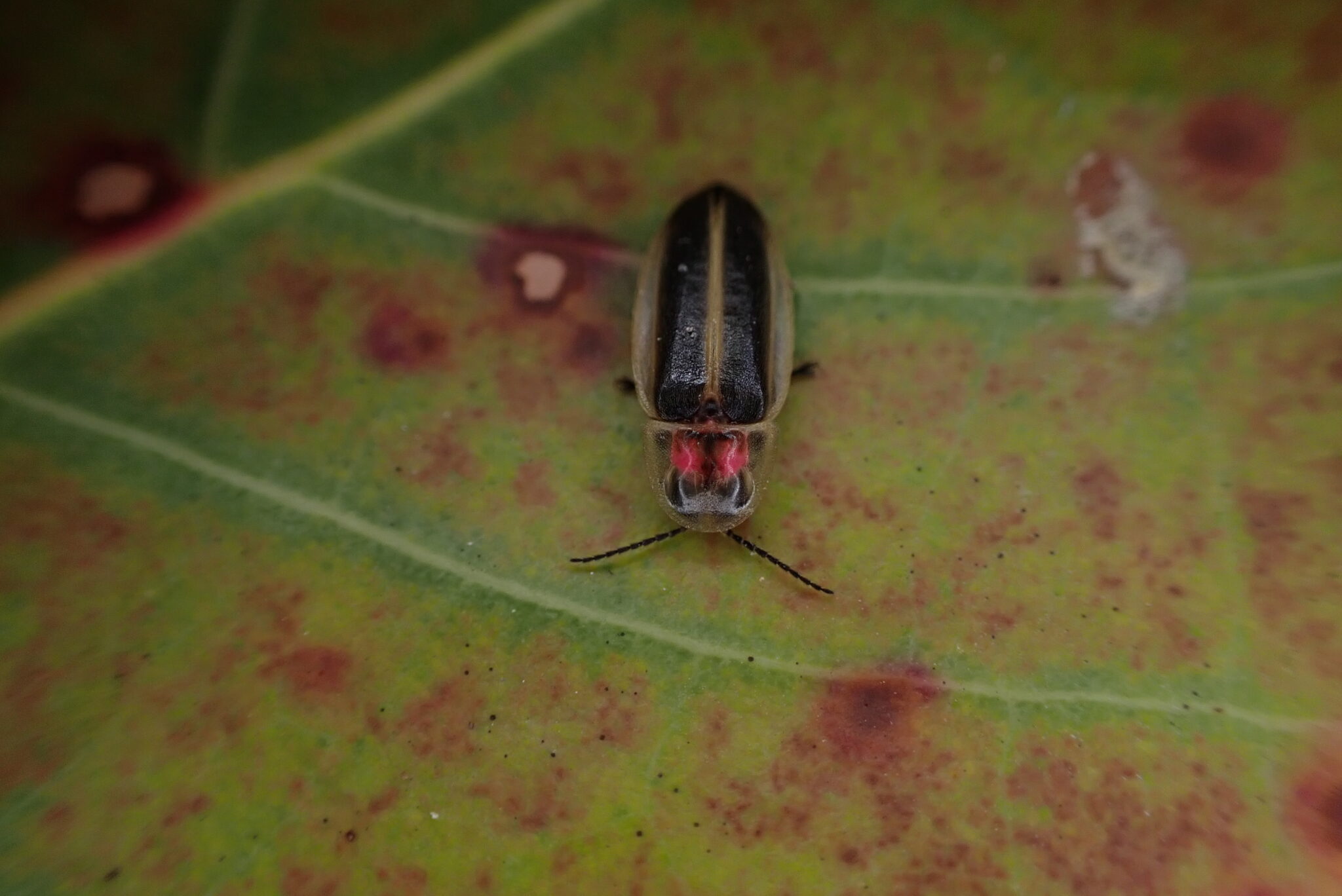
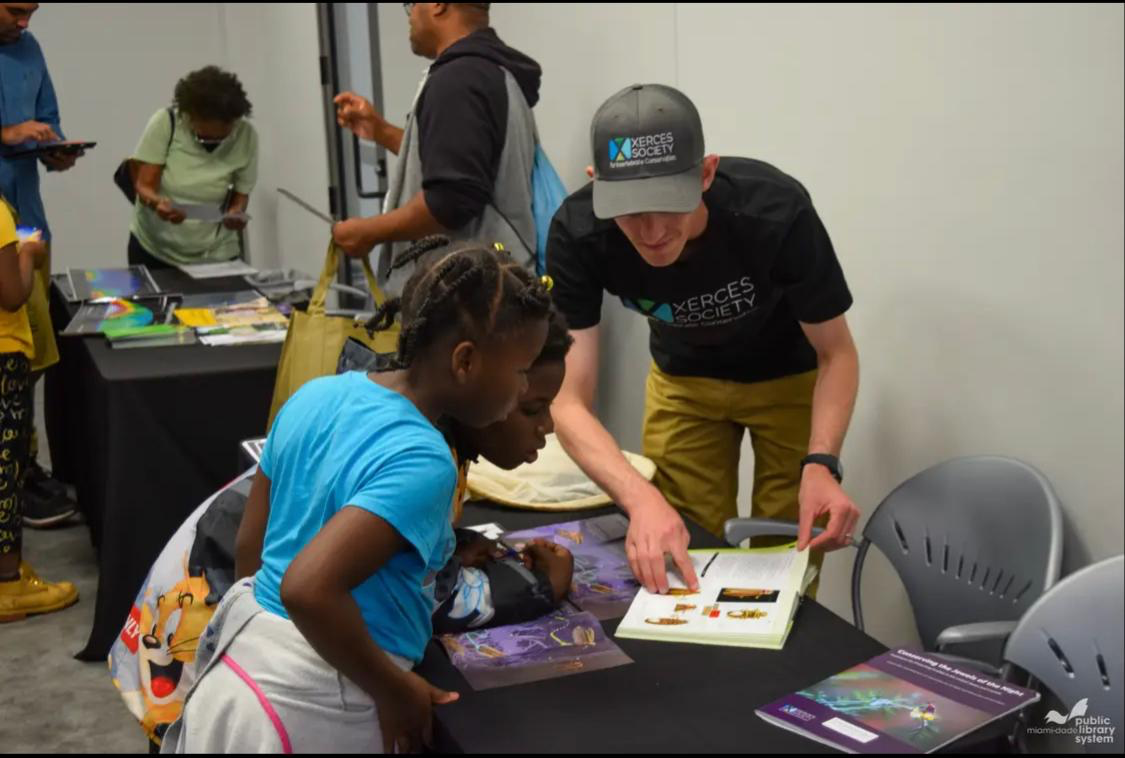
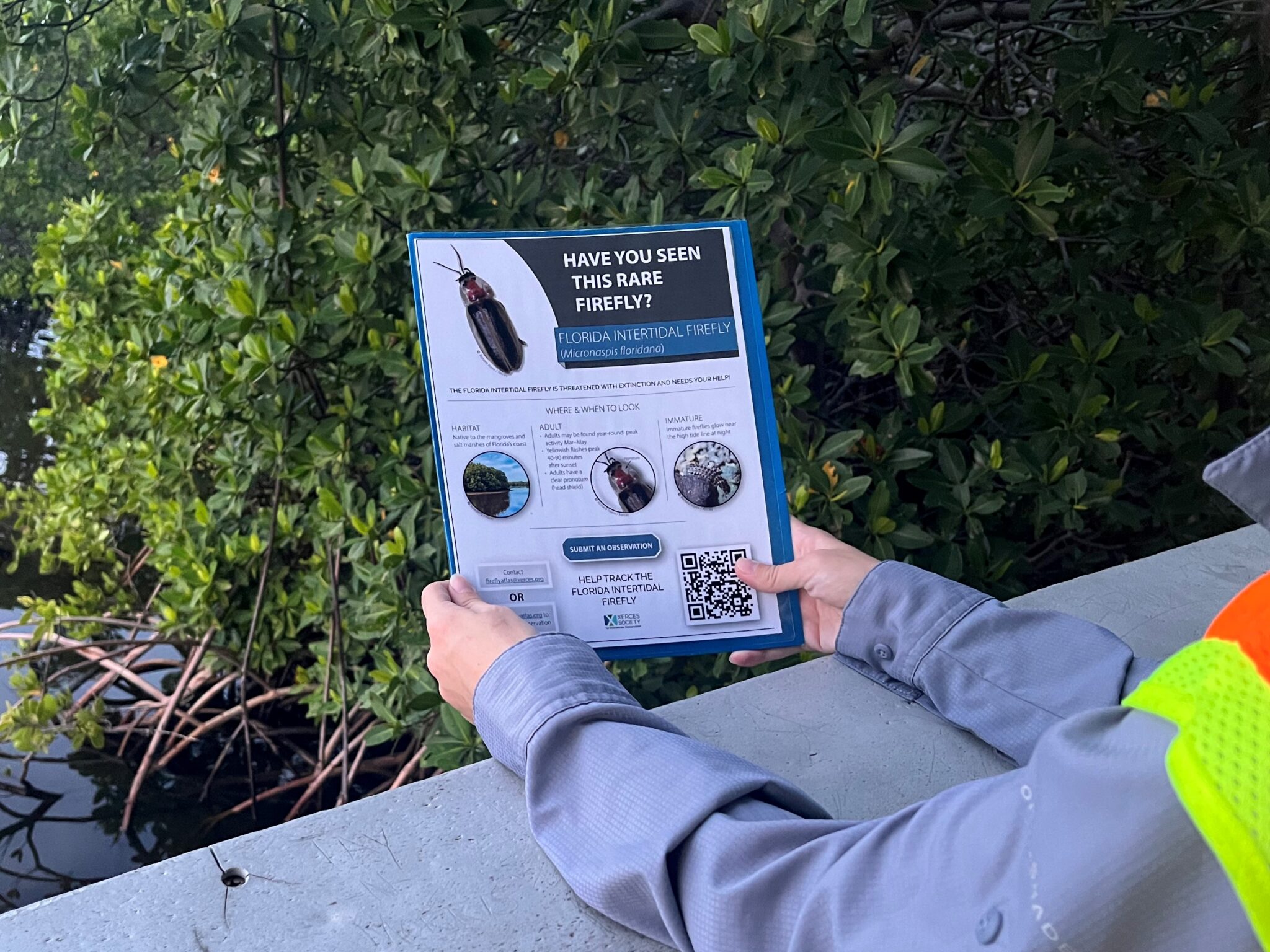
Getting the scoop on loopy fives
At state parks, county parks, and other sites in Georgia and South Carolina, Firefly Atlas participants monitored known sites and surveyed new areas, improving our understanding of the seasonal timing and distribution of the loopy five firefly (Photuris forresti), a species that Xerces petitioned to be listed under the Endangered Species Act.
We are grateful for the surveys conducted and observations submitted by rangers at Hard Labor Creek State Park; community scientists at Sandy Creek Nature Center in Athens; Clemson University entomologist Mike Ferro; loopy five firefly expert and steward Allen Grubbs; and the Georgia Department of Natural Resources.
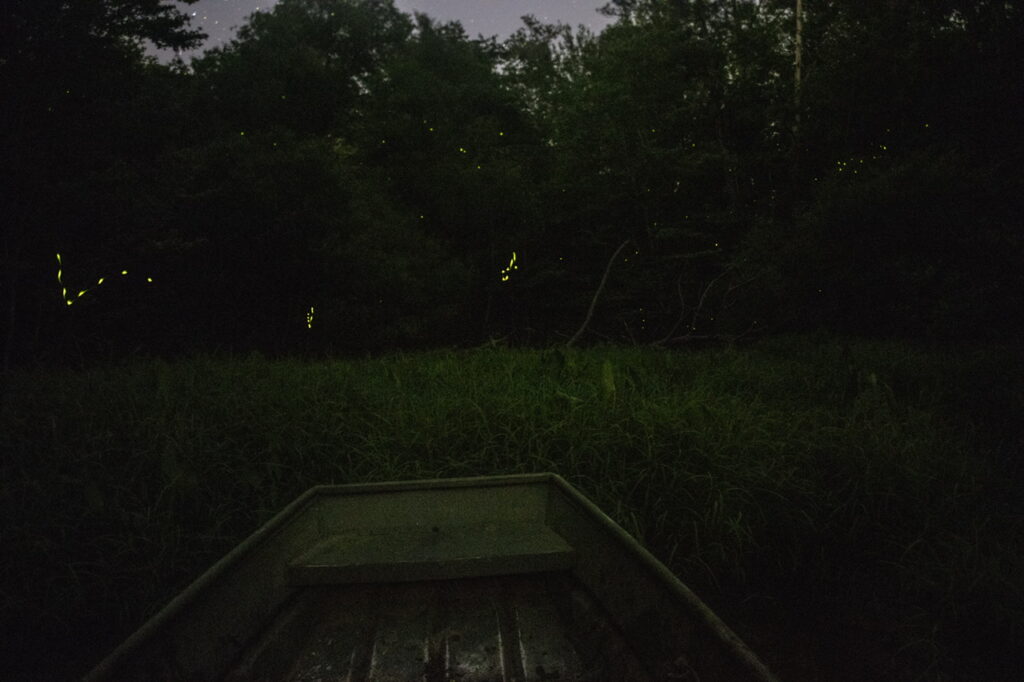
Arizona firefly workshops and surveys
In Arizona, senior conservation biologist Candace Fallon gathered with land managers and community scientists to bring attention to two threatened firefly species. In June, a workshop was hosted in partnership with the Bureau of Land Management at Las Cienegas National Conservation Area focused on the southwest spring firefly (another species petitioned to be listed under the Endangered Species Act).
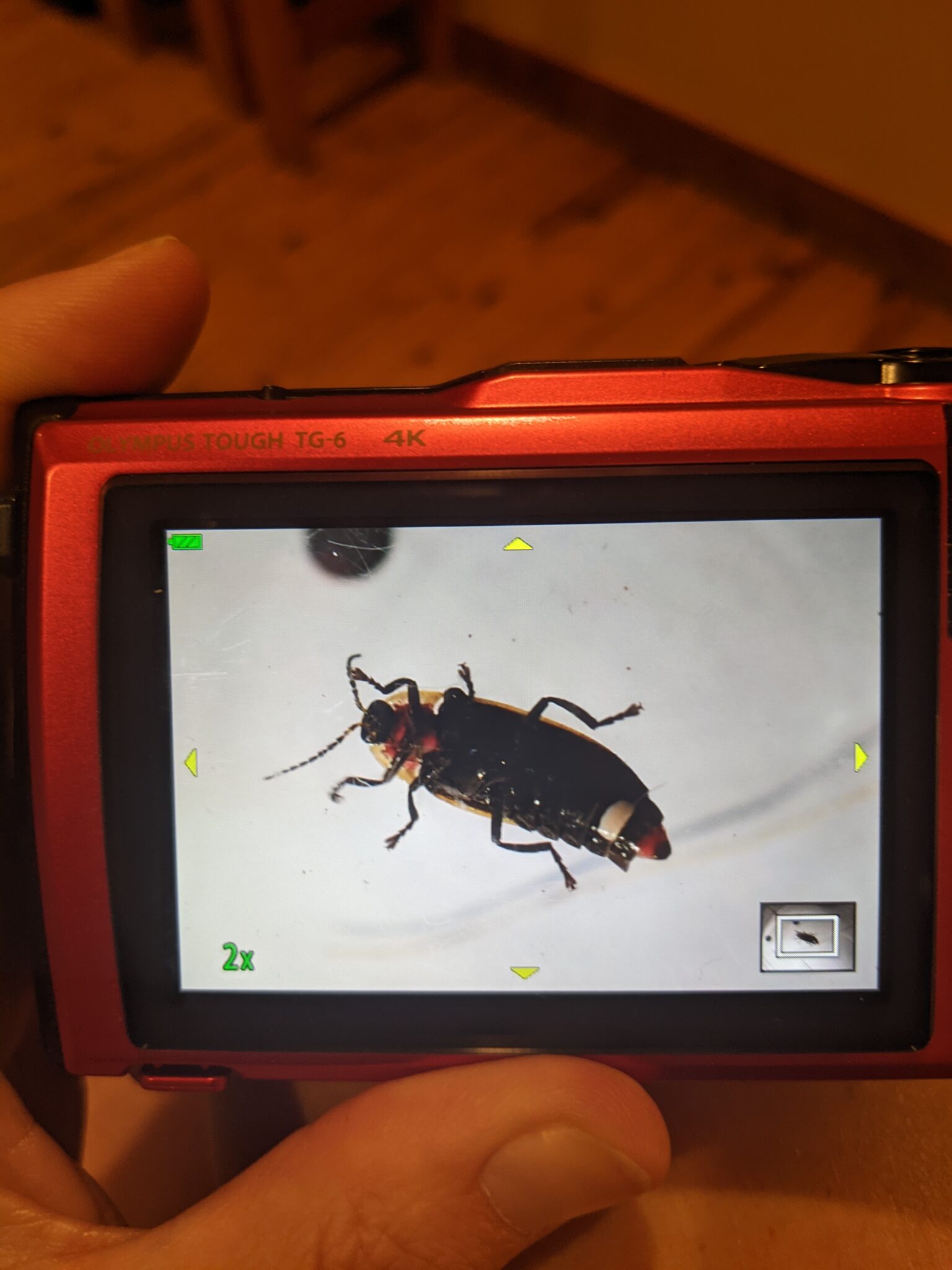
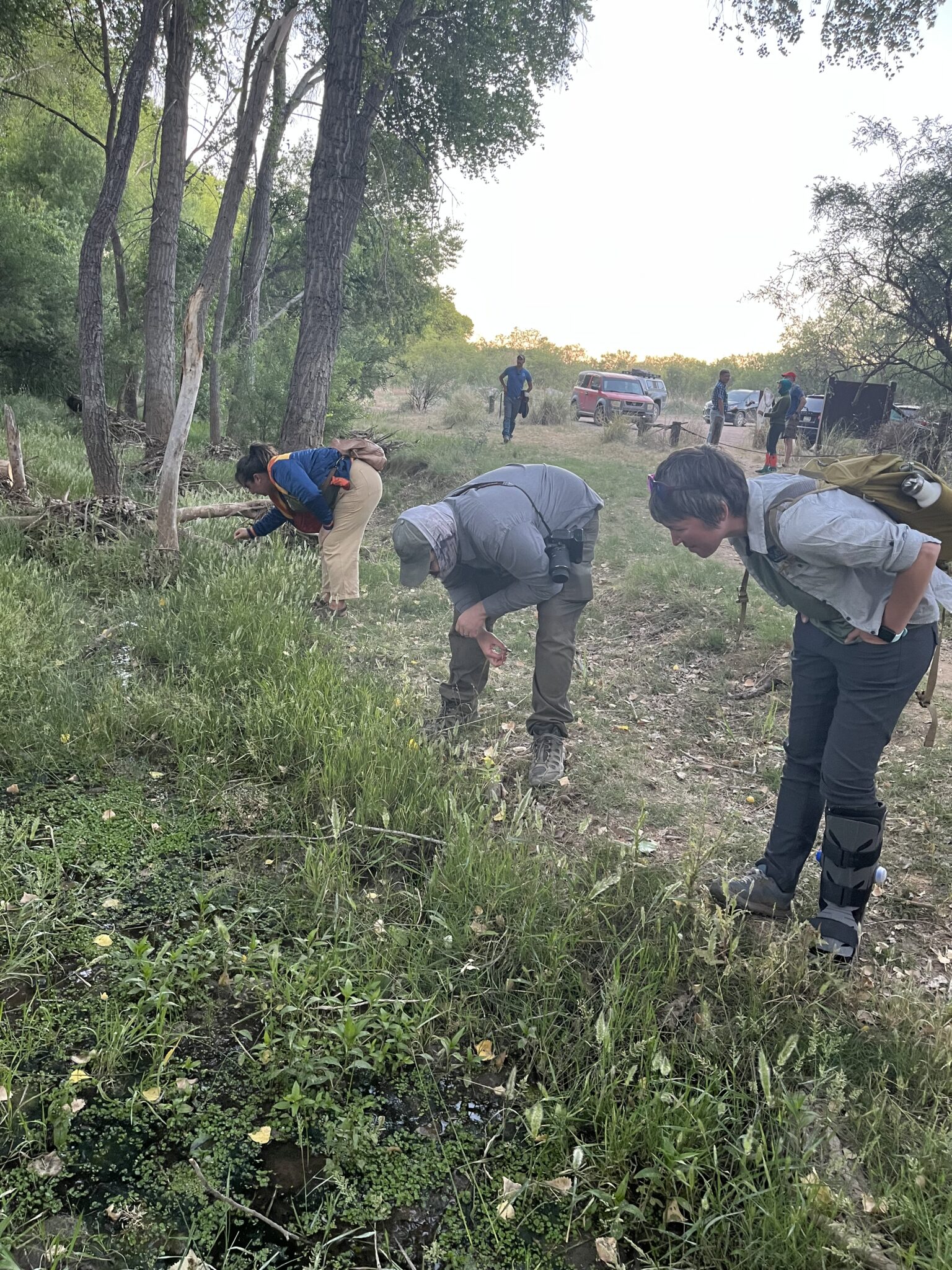
In July, Xerces partnered with Tumacácori National Historical Park to host a workshop about the southwest synchronous firefly (Photinus knulli). These workshops put a spotlight on the importance of protecting desert wetlands and riparian areas from disturbance, taught participants how to collect data using the Firefly Atlas protocol, and laid foundations for future collaboration. Participants have put new points to the map, such as a southwest spring firefly population in New Mexico.
A special thanks to Anna Walker, Joe Cicero, Cheryl Mollohan, Tony Palmer, and Mike Medrano for fostering interest in southwest firefly species!
Sparks over swamps and salt marshes
Searching for fireflies often means venturing into wetlands, so rubber boots were a theme of firefly surveys in June and July.
In mid-June, we witnessed the “blink-blink-blink-glow” flashes of the cypress firefly (Photuris walldoxeyi) hovering over a floodplain swamp in southern Indiana. Although cypress fireflies were displaying in abundance at this known site, surveys at three other wetlands in the area did not find additional populations, suggesting that cypress fireflies are picky about the type and quality of swamps that they inhabit. We are grateful to Chris Fox of Sycamore Land Trust, Sergio Henriques of the Indianapolis Zoo, Max Henschen, and the city of Bloomington for helping make the Indiana trip a success.
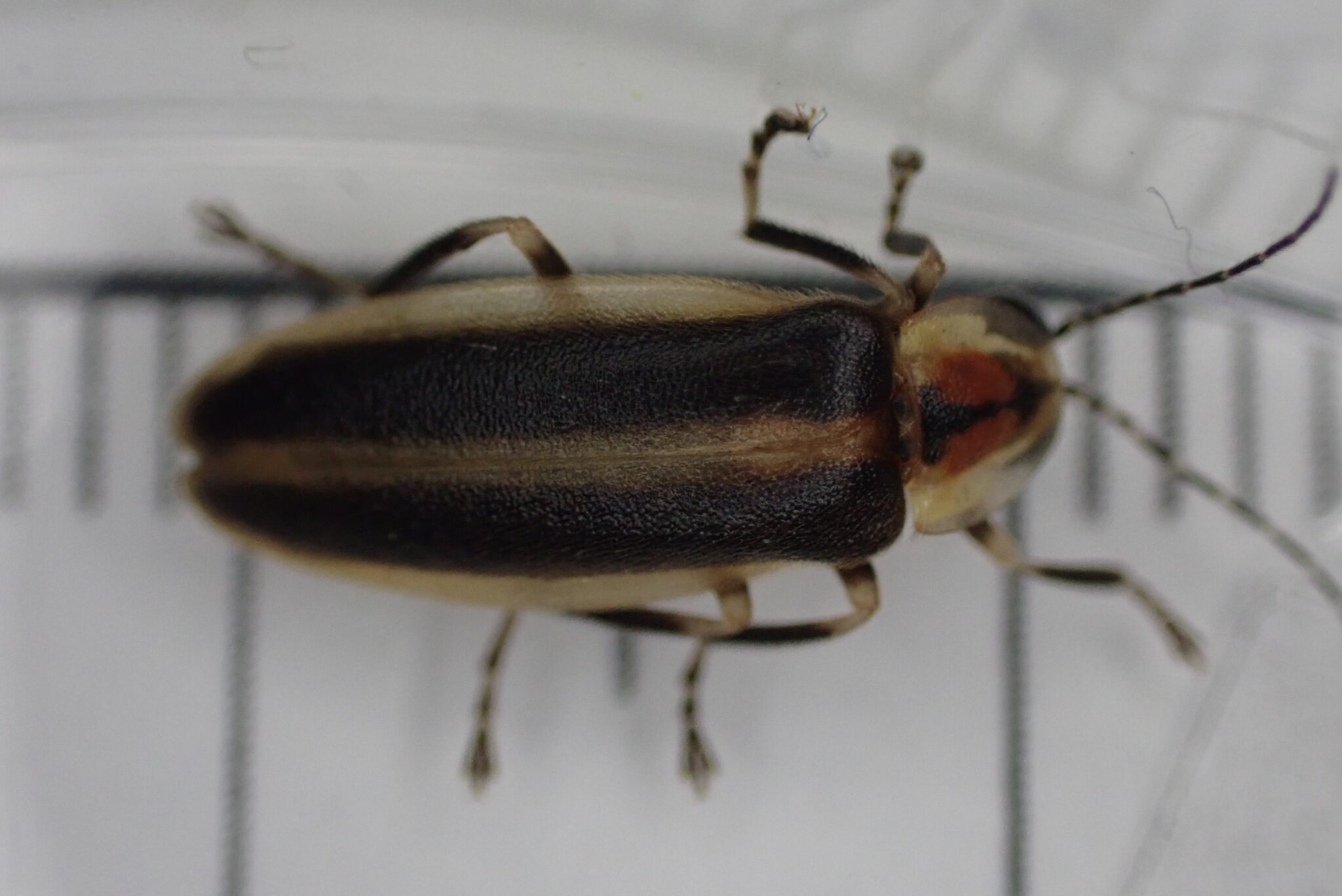
A month later, several nights spent on the coast of New Jersey led to the documentation of several populations of the keel-necked firefly and the salt marsh firefly, two species whose future may hinge on the resilience of salt marshes in the face of sea level rise. Observing fireflies is a fantastic experience to share with others, and it was a pleasure have the company of staff and interns from Edwin B. Forsythe National Wildlife Refuge, the Fish and Wildlife Division of the New Jersey Department of Environmental Protectional Protection, and the Jacques Cousteau National Estuarine Research Reserve.
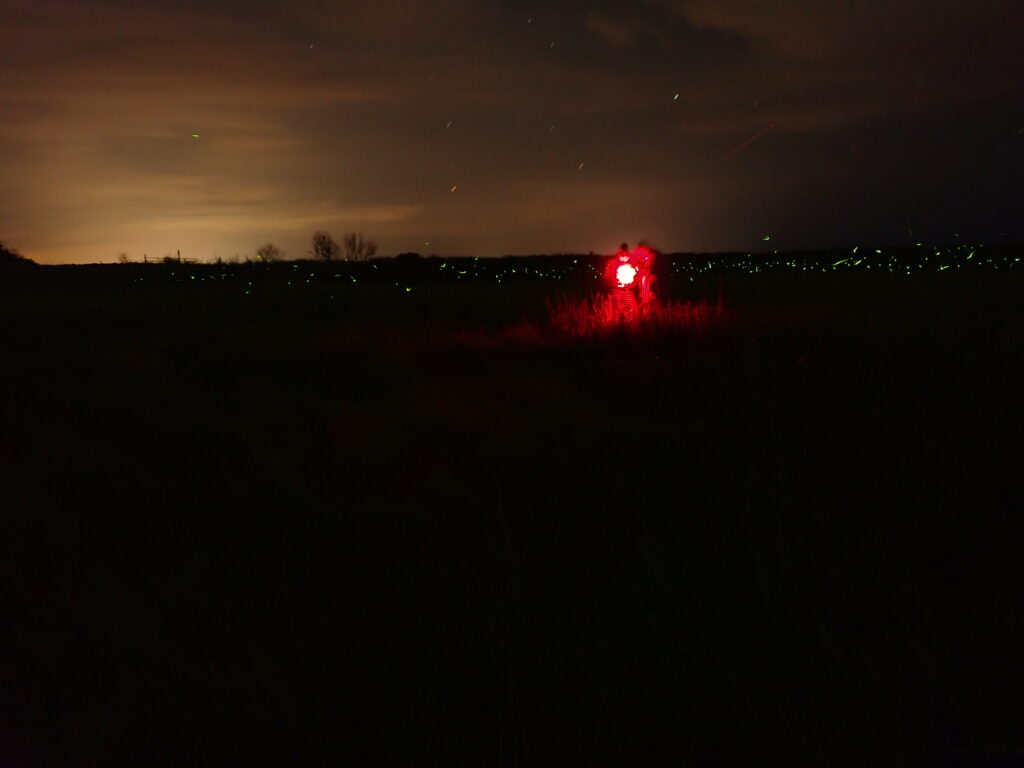
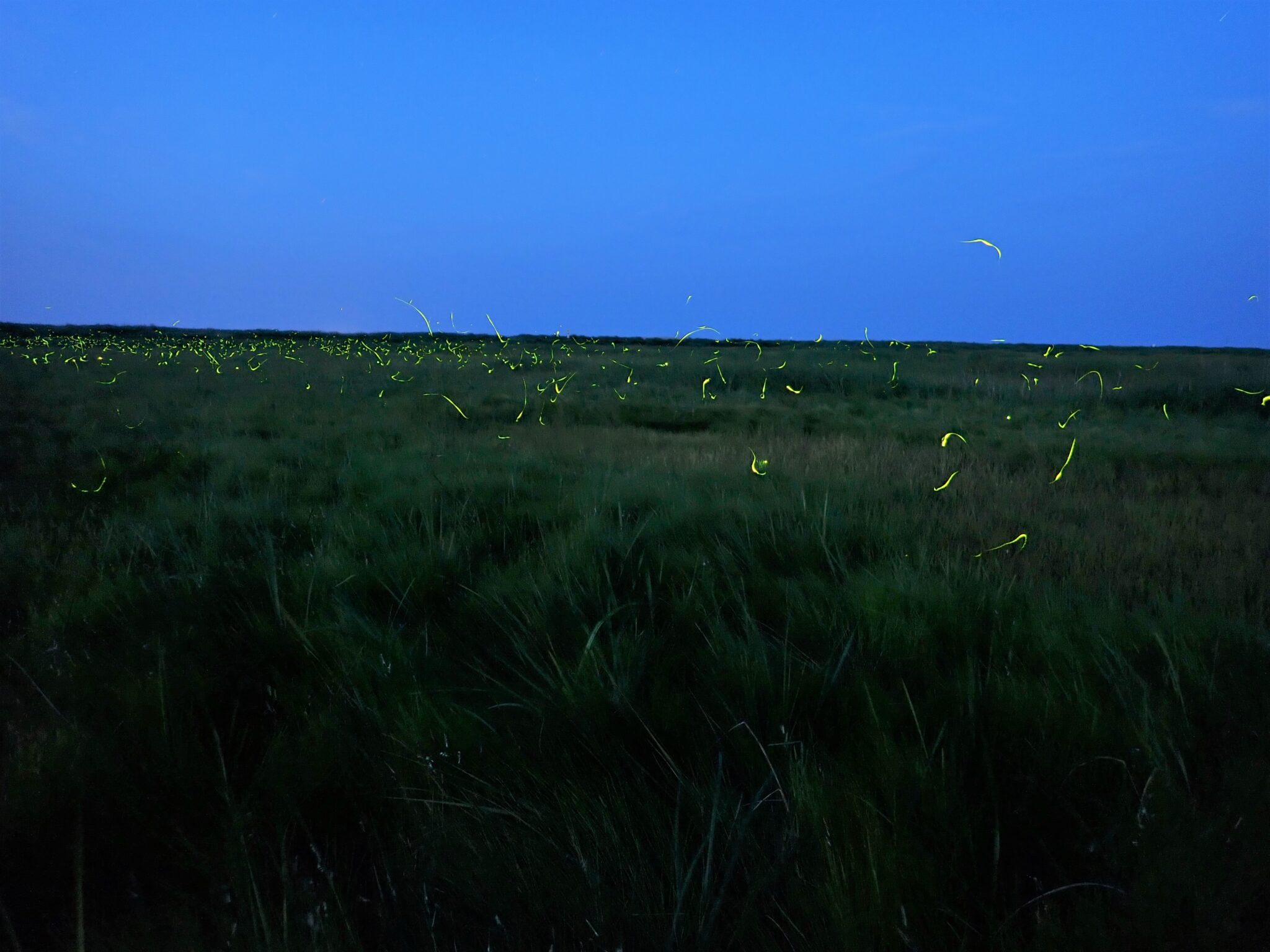
Searching for the sky island firefly
In early August, we surveyed multiple sites in the Trans-Pecos region of Texas in order to better understand the habitat needs, flashing behavior and seasonality of the sky island firefly (Photuris flavicollis). Drought conditions seemed to be suppressing activity of the sky island firefly, but we encountered other firefly species such as the starry firefly (Photinus stellaris) and found a Photuris larva that might be a sky island firefly, whose larval stage has not been described. A big thank you to Ross Winton and Lee Smith of Texas Parks and Wildlife, Stephen Hummel and Teznie Pugh at the McDonald Observatory, and Chris Ritzi and his entomology students at Sul Ross State University for their collaboration in learning more about the fireflies of west Texas and how to protect them.
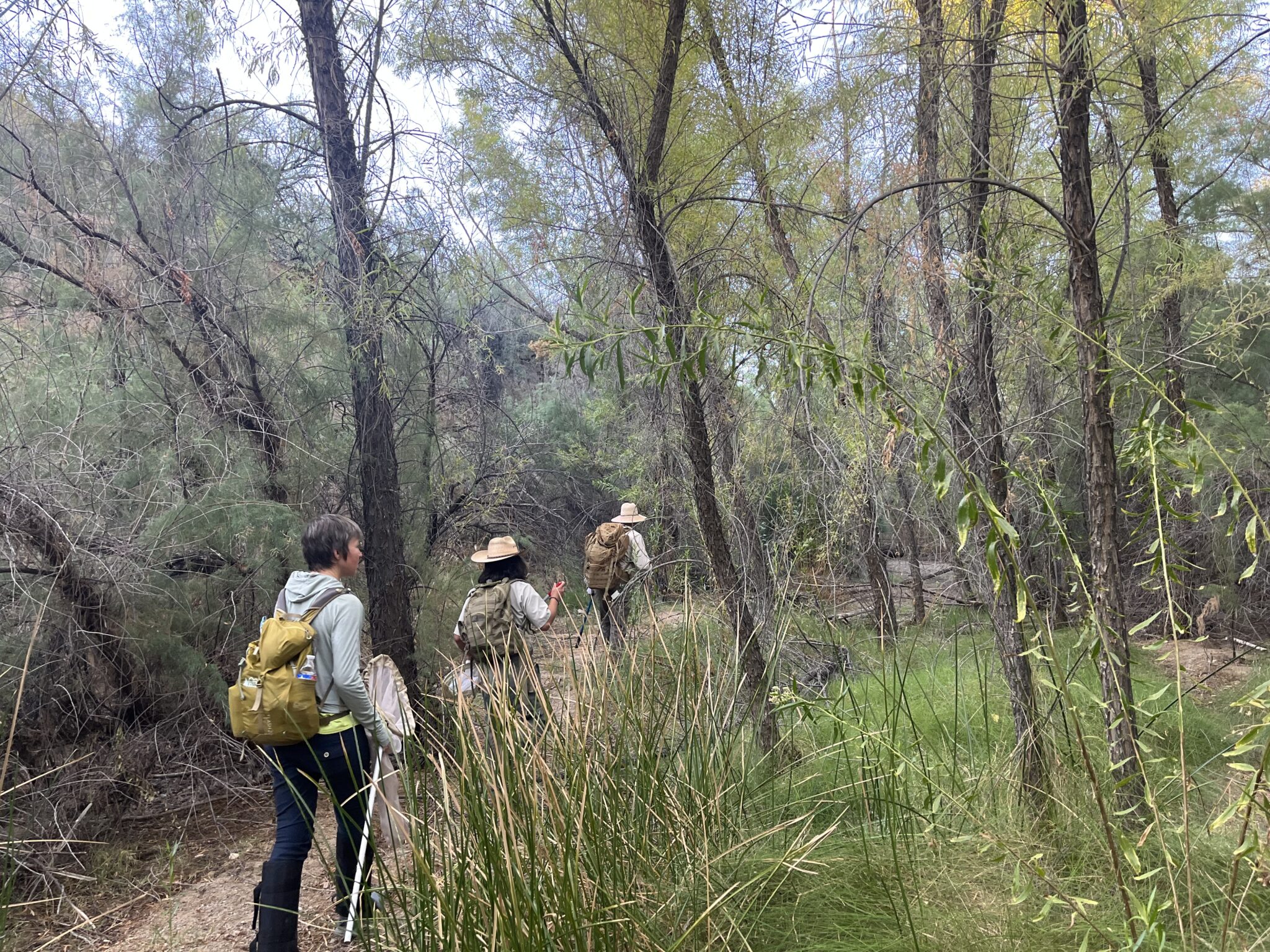
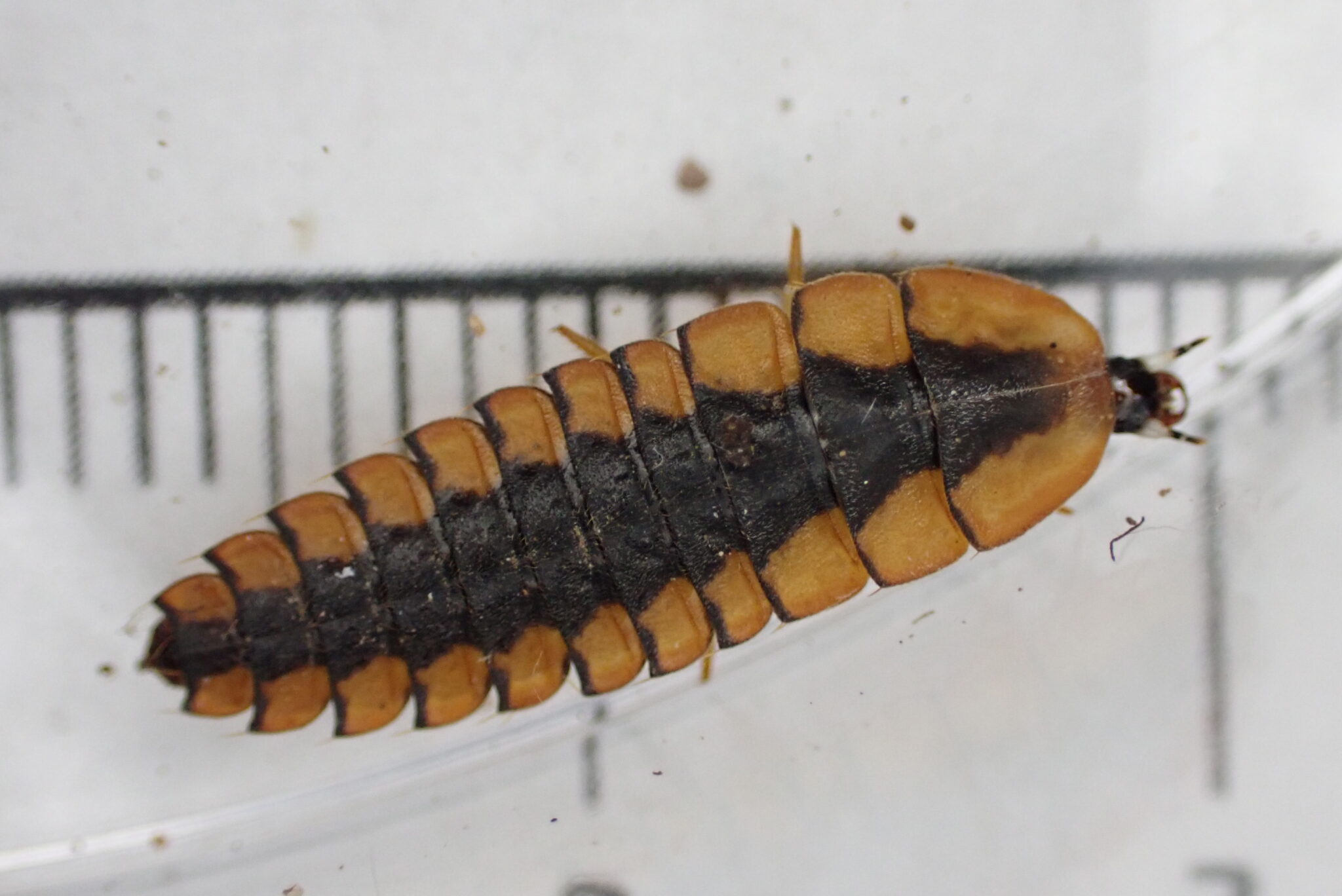
Growing the firefly conservation community
In the virtual arena, a three-day online firefly identification course taught by Dr. Oliver Keller and three regional firefly working group meetings strengthened and expanded the community of people engaged in firefly research and conservation. Participants caught up on the latest research, traded firefly survey tips, and shared local findings that that together form a more complete picture of fireflies and their status.
Community science, the participation of scientists and non-professionals alike in collecting scientific data, is often championed because it can lead to impressive numbers of data points and broad geographic coverage. However, in the past year it has also been a source of joy to witness the community in community science. During lightning bug season, firefly watchers across North America exchange excited emails.
“Are the loopy five fireflies out in your area yet?”
“ Photinus knulli put on a good show last night!”
“Found a new cypress firefly site!”
The Firefly Atlas now serves as a receptacle for these firefly observations and provides guidance to beginner fireflyers about how to document and identify firefly species. For Xerces, it has been a tremendous privilege and opportunity to facilitate growth in the firefly conservation community, and we are excited by the possibilities of future seasons.
